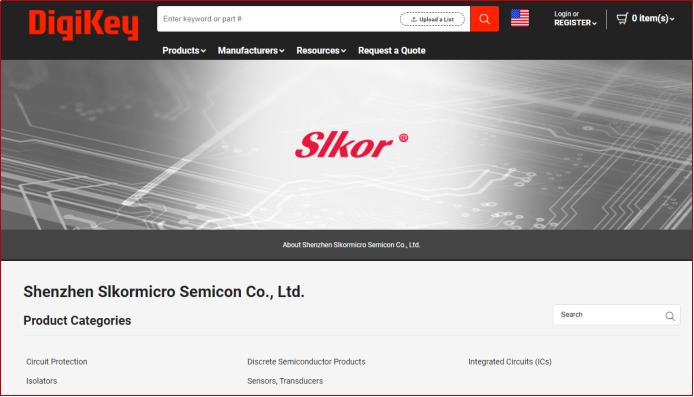At the Goldman Sachs Technology Conference in San Francisco, NVIDIA CEO Jensen Huang revealed that the demand for the company's latest Blackwell chips is "incredible," with some customers frustrated by shortages of the new products. This strong demand has prompted suppliers to intensify their efforts to ensure shipments are made as planned in the fourth quarter.
During the conference, Huang emphasized that NVIDIA is facing various market disruptions and rumors. For the first time, he publicly addressed concerns about the monetization of AI investments, stating that the high demand for Blackwell chips is boosting market confidence. He noted that demand for Blackwell chips is very strong, with everyone eager to receive the products as soon as possible and in greater quantities. Many customers are currently anxious due to chip supply shortages, and NVIDIA and its suppliers are working tirelessly to meet market demand.
Regarding the return on investment in AI spending, Huang pointed out that businesses have no choice but to embrace "accelerated computing." NVIDIA's technology can speed up traditional workloads and handle AI tasks that older technology cannot. Compared to traditional CPUs, NVIDIA’s AI chips can significantly improve performance and efficiency in data processing, reducing computation time by approximately 20 times and saving up to ten times the cost. He further explained that while NVIDIA’s servers are expensive, they can replace numerous nodes and boost productivity.
Huang also mentioned that cloud service providers can earn five dollars in revenue for every dollar spent on NVIDIA chips. He stressed, "Generative AI is not just a tool; it's a skill."
NVIDIA expects Blackwell chip revenues to reach billions of dollars in the fourth quarter. According to CFM Flash Market, while there are some delays with the Blackwell chips, it does not affect the overall HBM3E shipment schedule. The HBM Bit supply is expected to reach 11 billion Gb this year, accounting for 4.8% of the DRAM Bit share. The total market size for the year is projected to be 15 billion dollars, about 20% of the DRAM market.










